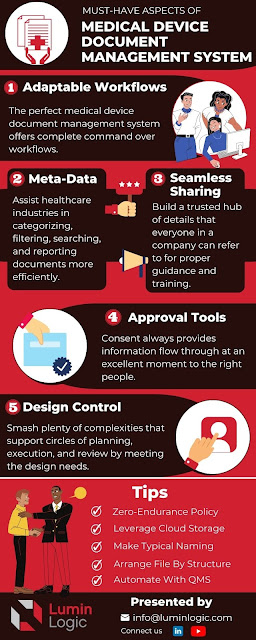Steps for Developing the Quality Management System
Medical device manufacturers should comply with ISO 13485 quality standards to launch and market their products without any complications. It is related to a quality management system that is developed to meet customer regulatory requirements.
QMS should consist of controlled guidelines and procedures for all procedures. It can help to maintain brand reputation and the customer’s interest. Implementing an extensive quality management system provides many long-term benefits, such as:
• Achieve organizational goals
• Reduce frequent errors
• Improved customer service
• Effective marketing
• Efficiency business growth
• Documentation accessibility
• Consistent product quality
To ensure these benefits, manufacturers must follow the proper conceptualization and implementation steps for creating a QMS.
Define and strategize
First, organizations should visualize and define their processes. During this step, they should create an interaction sequence vital for product operations. For ISO 13485 standards, it is essential to understand the requirements and create a quality manual ideal for these needs.
Training
Next, manufacturers must define a QMS policy and train their employees to the procedure. They must build a curriculum for technicians to help with training programs. For each training session, monitor the performance of each employee and make improvements for better understanding. A well-rounded questionnaire will also help to enrich the outcome.
Implementation
Once documentation is created, and employees are trained, it is time to implement the quality management system. Generally, auditors need to see evidence to ensure the proper and stable functioning of a QMS. They will evaluate each CAPA and identify problems. As a result, an internal audit execution helps to agree with terms.




Comments
Post a Comment